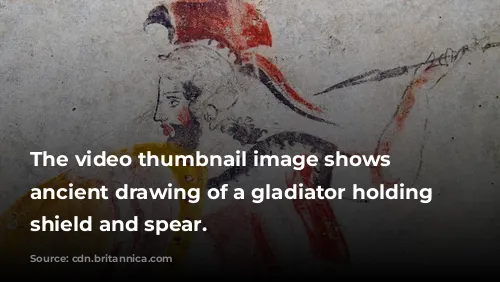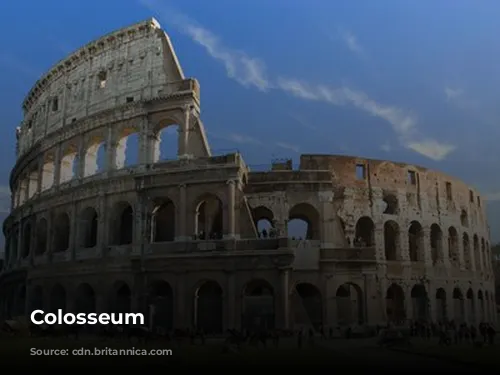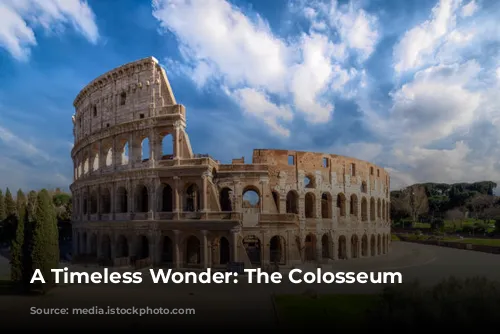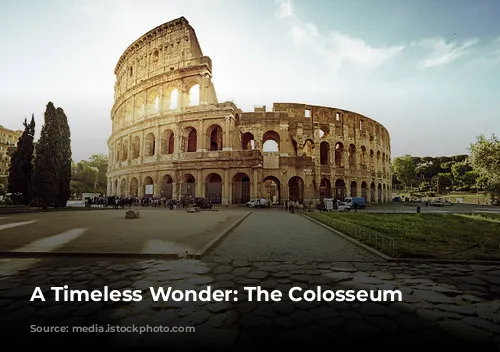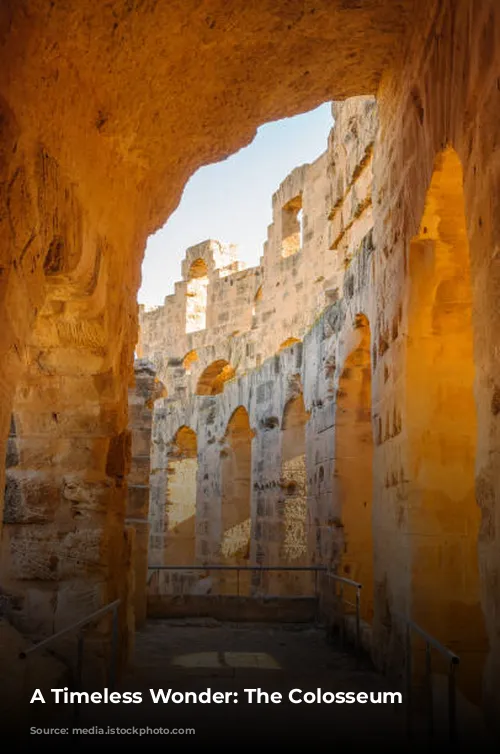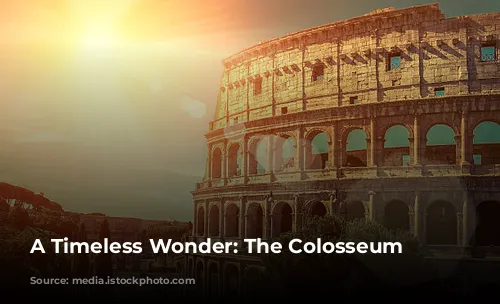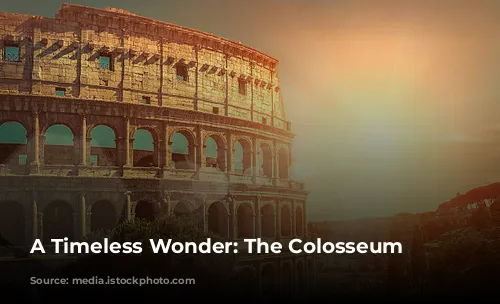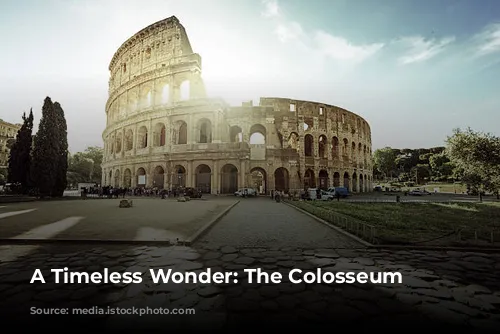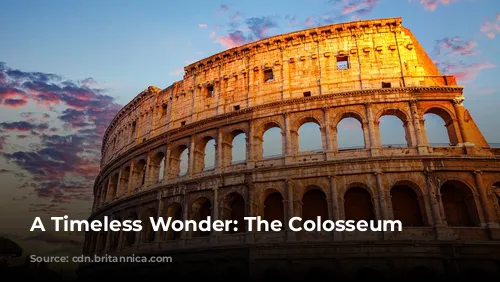The Colosseum, standing as a testament to ancient Rome’s architectural brilliance and engineering prowess, is one of the few surviving structures from the Roman Empire. More than just an ancient relic, the Colosseum is a significant source of revenue for Italy’s tourism industry. In 2018, the Colosseum, Roman Forum, and Palatine Hill collectively generated over $63.3 million (€53.8 million), making it the most lucrative tourist attraction in Italy.
The Colosseum has witnessed a fascinating journey through time. After the decline of the Western Roman Empire, it fell into a state of severe disrepair. During the 12th century, the Frangipane and Annibaldi families took over the arena, converting it into their fortress. In the late 15th century, Pope Alexander VI granted permission for the Colosseum to be used as a quarry. After centuries of neglect, the Italian government initiated restoration efforts in the 1990s, breathing new life into this iconic landmark.
From Imperial Dreams to Entertainment Hub
The Colosseum was built under the reign of Emperor Vespasian, an ambitious project intended to revitalize Rome after the turbulent year of the Four Emperors in 69 CE. Like other amphitheaters of its time, the Colosseum was designed to be a center of entertainment, hosting gladiatorial combats, thrilling animal hunts, and even dramatic mock naval battles.
Vespasian, following his rise to power, sought to replace the opulent but tyrannical Emperor Nero’s private lake with a public amphitheater that could bring joy to tens of thousands of Romans. Construction began between 70 and 72 CE, and the completed structure was dedicated in 80 CE by Vespasian’s son and successor, Titus. Domitian, Vespasian’s other son, added the fourth story in 82 CE. The Colosseum’s construction was funded by the spoils from Titus’s conquest of Jerusalem in 70 CE, and it was built by enslaved Jews from Judaea.
A Monument to Ancient Rome’s Grandeur
The Colosseum, also known as the Flavian Amphitheatre, is an impressive elliptical structure built from stone, concrete, and tuff. Rising four stories high, it spans a massive area of 620 by 513 feet (189 by 156 meters), and it could accommodate up to 50,000 spectators. The Colosseum’s design and construction showcase the Romans’ mastery of engineering and architecture.
Its three lower stories are adorned with arcades framed by engaged columns in the Doric, Ionic, and Corinthian orders, a testament to the Romans’ architectural sophistication. The Colosseum’s structural framework and facade are made of travertine, while the secondary walls are of volcanic tufa. The inner bowl and arcade vaults are crafted from durable concrete. To protect the audience from the scorching Roman sun, a massive retractable awning, known as a velarium, was deployed. This elaborate system involved hundreds of Roman sailors who skillfully manipulated the rigging to extend and retract the awning.
A Stage for Spectacle and Change
The Colosseum hosted a wide array of spectacles, from intense gladiatorial contests to thrilling battles between men and animals, and even simulated naval engagements. However, the historical evidence regarding the martyrdom of early Christians at the Colosseum remains inconclusive.
Over the centuries, the Colosseum’s fate took a dramatic turn. It was initially repurposed as a church, then served as a fortress for the powerful Frangipane and Annibaldi families. Unfortunately, the Colosseum suffered damage from lightning strikes, earthquakes, and relentless vandalism. For over a thousand years, it was treated as a quarry, with its marble seats and decorative materials plundered for other projects. Fortunately, preservation efforts gained momentum in the 19th century, led by notable figures like Pope Pius VIII. The 1990s saw a major restoration project, ensuring that this symbol of ancient Rome would stand tall for generations to come.
Today, the Colosseum remains a premier tourist attraction, attracting millions of visitors each year who come to marvel at this historical treasure. Regular exhibitions showcase the rich culture of ancient Rome, bringing the past to life for modern audiences. The Colosseum, a monument to a bygone era, continues to captivate and inspire, offering a glimpse into the grandeur and legacy of the Roman Empire.
